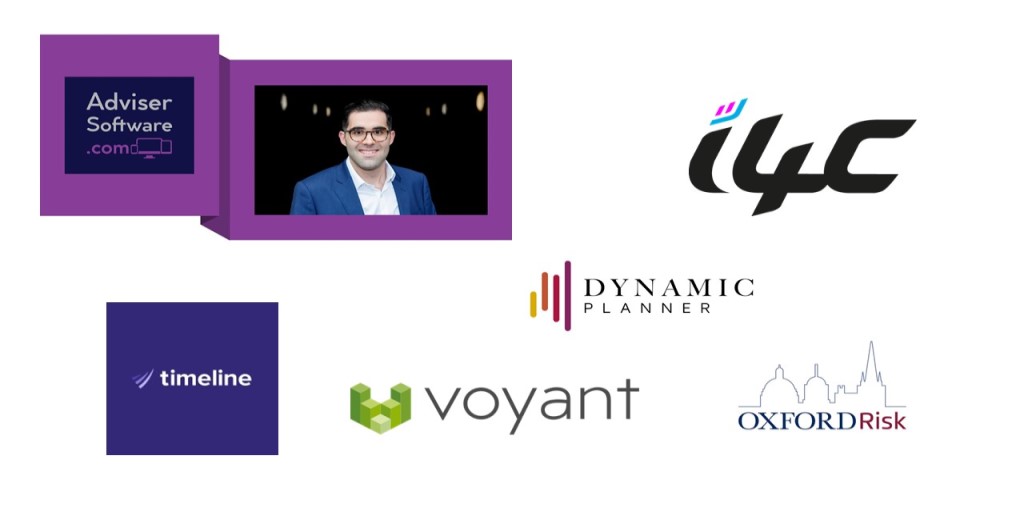Having worked in financial services for over 9 years (predominately as a paraplanner) I can relate to many of the frustrations advice firms have with their technology systems. However, are these frustrations always justified?
Now working for FTRC (a boutique fintech consultancy) for over a year, I can honestly say my perspective of adviser technology has significantly changed. I now have a much better understanding of the core functionality each system offers, something I wish I’d had in my previous roles. Most importantly, I have gained a real understanding for how these systems can help firms increase efficiencies and, in turn, reduce costs.
This is where the Advice Tech Hub can help. With detailed analysis of over 100 advice tech solutions, its aim is to help reduce these frustrations by helping you:
- Understand the full capabilities of the systems you are currently using before potentially considering alternatives.
- Understand in detail which suppliers offer what functionality, so you can select the one that best fits your individual business needs.
- And finally, take better overall decisions to ensure you get the best value out of your technology spend.
This week we highlighted another five software providers, some of which offer standalone functionality whilst others offer solutions in multiple practice areas.
On Monday we examined Dynamic Planner a well-known system in the UK. As part of their overall tech stack they offer users client portal, risk profiling and cash flow functionality.
On Tuesday, we looked at Oxford Risk’s risk profiling proposition that comprises three assessments to measure investors’ Financial Personality, Financial Circumstances, and Knowledge and Experience.
Wednesday’s insight focused on Voyant who predominantly provide financial planning and wealth management solutions to advisers. Their financial planning tools include – Voyant Adviser, Voyant AdviserGo and Voyant Blocks. In addition to the financial planning tools, Voyant offer their client portal, Voyant Snapshot.
We then turned our attention to i4C on Thursday, delving into the detail of their cash flow modelling proposition. In July 2019 i4C was acquired by intelliflo and will eventually become intelliflo planning, a part of their overall suite of solutions.
Our final insight of the week looked at Timeline’s offerings for cash flow modelling and, more recently, risk profiling. In addition to their cash flow planning and risk profiling tool, Timeline also offer a discretionary model portfolio service (MPS) called Betafolio. Whilst Timeline and Betafolio can be used separately, users of both can go straight into the MPS service from Timeline with all information being automatically updated and reflected across both systems.
As our aim is to cover as many systems as possible, we would encourage you to reach out if your company is missing from the Advice Tech Hub. Please get in touch at [email protected] so we can discuss your solution further.
Over at Protection Guru we opened the week with Amanda Newman Smith’s insight looking at Rehab support on income protection plans – how providers compare.
On Tuesday Amanda investigated Who has the broadest age criteria for relevant life cover.
Wednesday’s insight from Rob Harvey examined Guaranteed insurability options for renters and how providers compare.
Rob produced analysis on How Royal London’s new children’s critical illness limits compare on Thursday. This was then followed up later in the day with the third instalment of the July Protection Forum meeting summary, this time focusing on the discussion about how the protection community can better support its consumers.
Rob ended the week with a summary article on age limits on protection insurance – 5 things you should read.
Kat Mitchell started this week’s Benefit Guru insights by asking What is the auto-enrolment opt out process? On Thursday Kat investigated How pension providers are addressing an international/transient workforce.
I hope everyone has a lovely weekend.














